What does a traditional Chinese fan look like?
Although they are no longer available in material form, according to Mr. Shen Congwen’s speculation, traditional Chinese fans were used no later than after the appearance of pottery in the Neolithic period.
Pre Qin dynasty
In ancient times, humans picked plant leaves or bird feathers and processed them to fan and shelter from the sun, which is the prototype of the original fan.
In the early era, fans were called “箑 (shà)” or “萐 (shà)”, and also “翣 (shà)”, and only in later developments were these fans unified and called “扇 (shàn)”.
The fan is different from the ancient name mentioned above, but it also reflects the material of the fan at that time, namely elephant grass, feather, bamboo, and so on.
The oldest fan excavation artifact today is a short-handled bamboo fan, known as the Bian Mian (便面). This fan was unearthed from an ancient tomb of the Eastern Zhou dynasty in Jing’an, Jiangxi.
As the earliest image of a fan, it appears on bronze pots excavated in Chengdu, dating from the Early Warring States period, with an image of an ancient person holding a long-handled fan.
Han dynasty
During the Han dynasty, the production of long-handled fans continued to grow and improve. An example of this is the Western Han dynasty bamboo long-handled fan excavated in 1972 in Mawangdui, Changsha, Hunan.
Yu Shan (羽扇, feather fan) appeared earlier and was recorded in “Xi Jing Za Ji (西京杂记)” by Liu Xin in the Han dynasty. Unfortunately, due to its age, the feather fan is easily damaged, and now we can’t see the complete Han dynasty Yu Shan (feather fan).
Tuan Shan (团扇, moon-shaped fan) has been popular since the Western Han dynasty, especially among women. This type of fan with a bamboo stick or metal wire for a round frame, shaped like a full moon, has a fan handle in the middle, and a left and right symmetrical.
Wei and Jin periods
During the Wei, Jin, and Northern and Southern dynasties, feather fans were very popular among the middle and upper classes. There is a kind of feather fan called Zhi Shan (雉扇), also known as the bird’s tail fan, it is also an important ceremonial tool.
Writers and scholars at that time preferred to use Zhu Wei Shan (麈尾扇, deer tail fan), especially when discussing politics.
Zhu (麈, zhǔ) is the leader of the deer herd, and the actions of the herd all depend on the swing of the deer leader’s tail. Therefore, Zhu means the conductor. This fan later became a status symbol for leaders and high-ranking scholars.
In the Wei and Jin dynasties, there was also a fan named Liu Jiao Shan (六角扇, hexagonal fan). According to “The Book of Jin – Wang Xizhi”, an old lady sold hexagonal fans, and Wang Xizhi passed by and wrote five characters on each fan, which resulted in strong sales of fans, indicating that Wang Xizhi’s calligraphy was in great demand at that time.
Tang dynasty
During the Tang dynasty, Tuan Shan (团扇) continued to be popular. But the aristocratic class preferred long-handled fans.
In Zhou Fang’s painting “Lady with a Fan” from the Tang dynasty, a maidservant stands holding a long-handled fan, constantly fanning a seated noble lady.
For emperors and nobles, long-handled fans could also be used as ceremonial fans, as a means of showing authority.
Song dynasty
During the Song dynasty, with the development of the industrial and commercial economy, fans gradually became popular among all classes.
Ming and Qing dynasties
In the Ming and Qing dynasties, Zhe Shan (折扇, folding fan) was popular at that time, replacing the status of Tuan Shan (团扇) and Yu Shan (羽扇).
The folding fans of the Ming and Qing dynasties not only increased production dramatically but also won the support of many literati, who wrote poems and paintings on the fans and used them as gifts for their friends.
Purpose and use of traditional Chinese fan
Fans are generally used to fan the wind and cool, but it turns out that fans also have other uses.
Zhuge Liang liked to hold a goose-feather fan. Because Zhuge Liang liked to wear fans, many other advisers took up the hobby too, and the fan became a symbol of grace and wisdom for a time.
In some novels, fans can also be used as weapons. They are often found in Jin Yong and Gu Long’s martial arts novels.
The Princess Iron Fan (铁扇公主)’s Ba Jiao Shan can create a tornado, even the Monkey King can’t do anything about it. It can also put out fires. Several people have verified that the Princess Iron Fan’s fan is the world’s earliest fire extinguisher.
Ji Gong (济公) has a fan, Pu Shan, and is a broken fan. In Ji Gong’s hands, this Pu Shan is the same as Princess Iron Fan’s Ba Jiao Shan, not for the summer, but as a magic weapon, which can defend against enemies thousands of miles away and possesses extraordinary strength.
Young ladies and noble ladies in ancient times also loved fans. They used to wear palace silk fans (collectively known as Tuan Shan). The shape is mostly like a round moon. For women, most use fans to hide their faces and smiles, highlighting their beauty.
In ancient times, scholars also liked to use fans, such as Tang Bohu and Zheng Banqiao who had skills in calligraphy, painting, and writing.

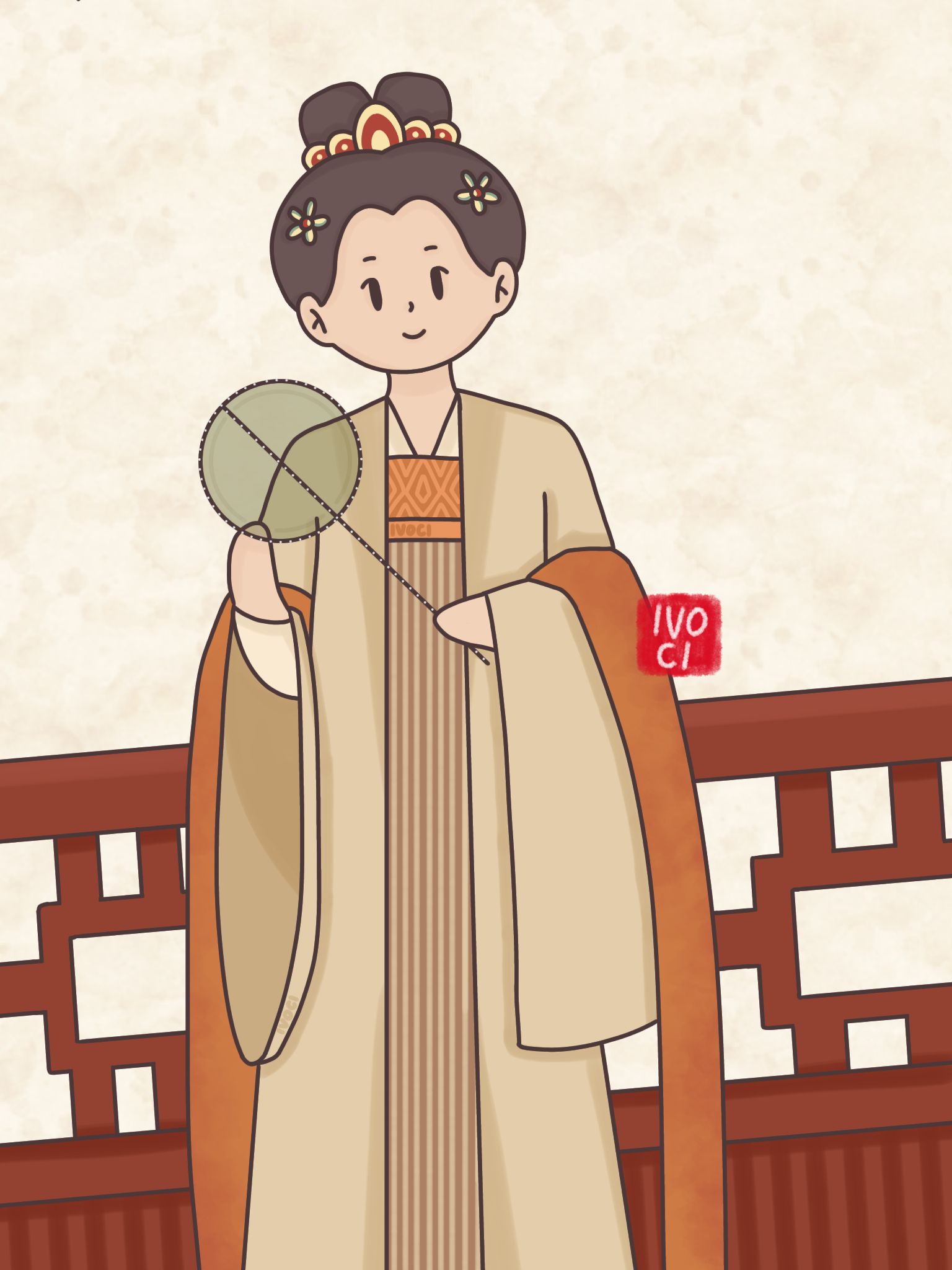
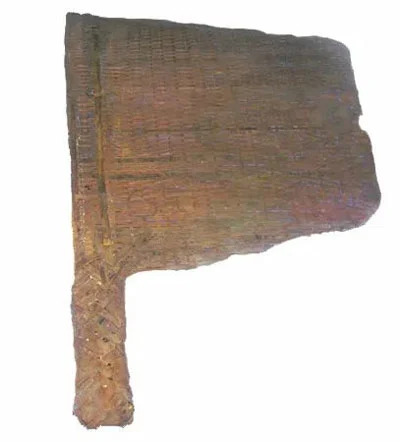
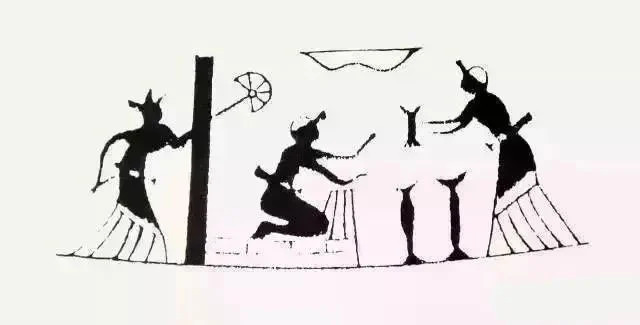
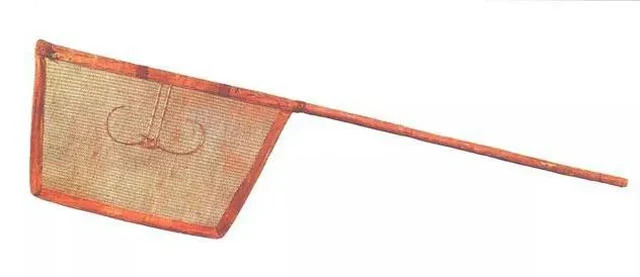
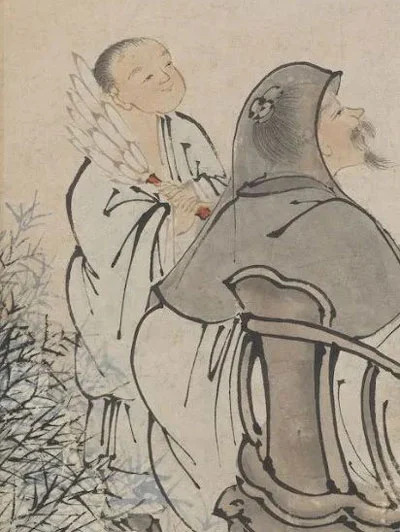
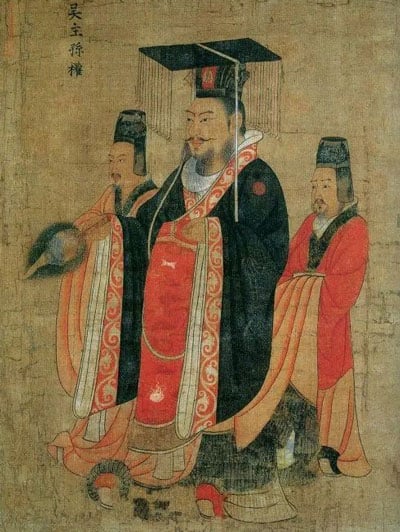
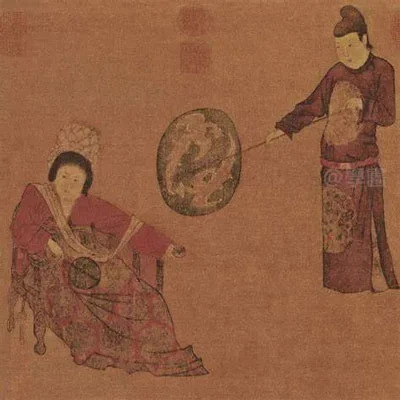
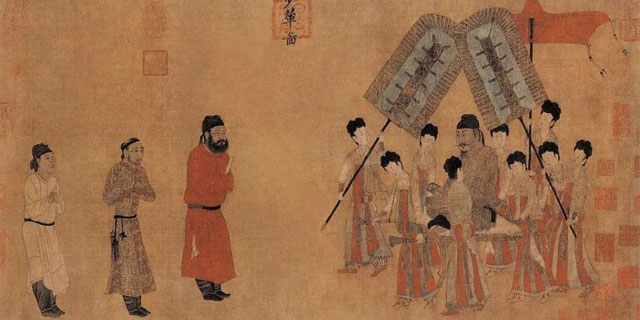
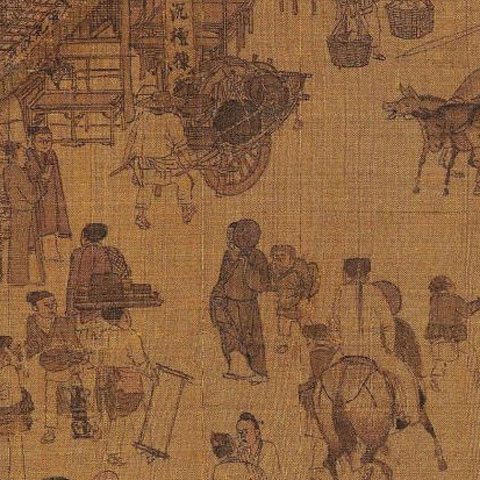
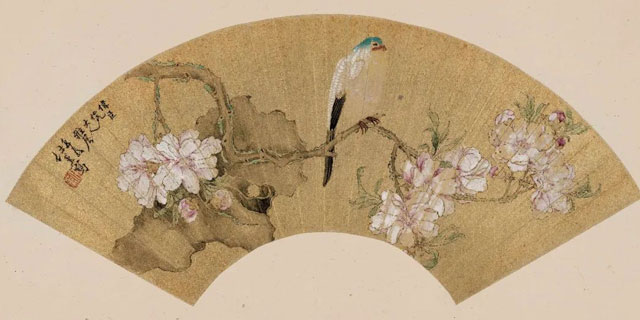
Leave a Reply